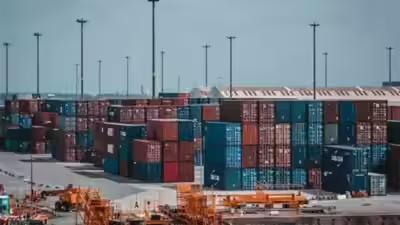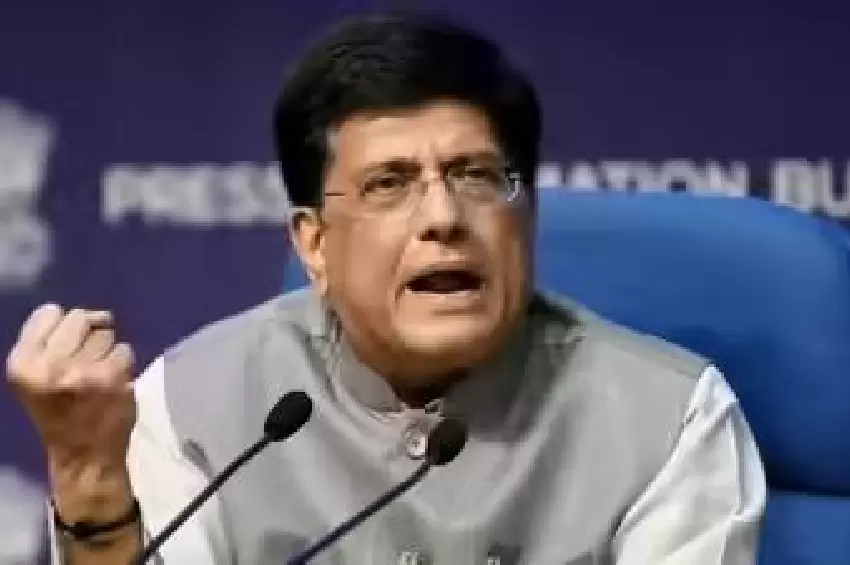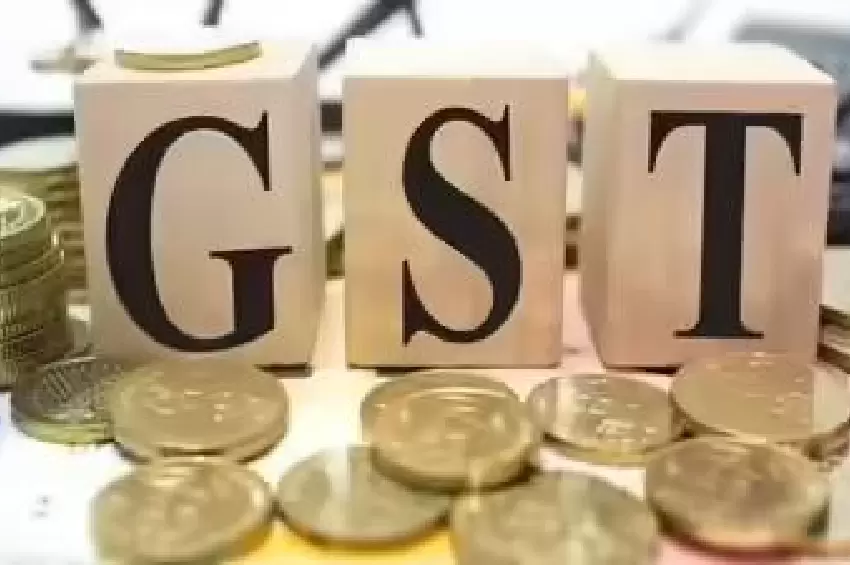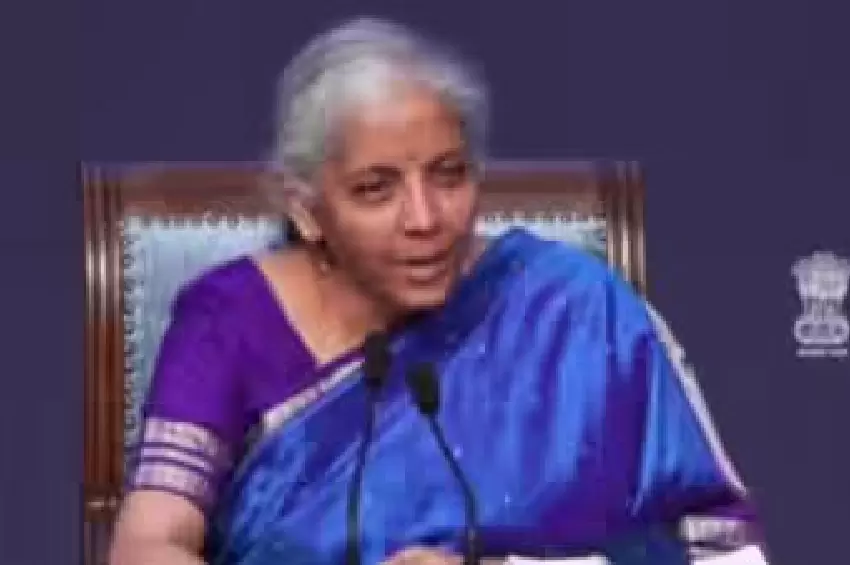India's Economic Outlook: A Closer Look at the Rising Current Account Deficit
According to a recent report by Union Bank of India, the country's current account deficit (CAD) is expected to nearly double in the next fiscal year, reaching 1.2% of GDP in FY26 from 0.6% in FY25. This projection highlights the evolving challenges in India's trade dynamics, influenced by global commodity prices and geopolitical developments.

Key Factors Influencing India's Trade Balance
The report underscores the critical role of oil prices in India's external balance, noting that every $10 per barrel change in crude prices could impact the annual current account balance by nearly $15 billion. Additionally, potential trade agreements with the US and Europe are expected to play a significant role in shaping India's trade future.
Merchandise Trade Deficit: A Growing Concern
July 2025 saw a sharp increase in India's merchandise trade deficit, rising to $27.35 billion from $18.78 billion in June. This surge was attributed to a rebound in imports after a temporary decline, alongside continued frontloading of exports. The report also points to a widening deficit in non-oil, non-gold trade, oil trade, and gold imports, raising questions about sustainability.
Services Trade: A Silver Lining
Despite these challenges, India's services trade surplus remains a strong counterbalance, with FY25 recording a surplus of $188.75 billion. This has helped offset a significant portion of the oil import deficit, showcasing the resilience of India's service sector.
Looking Ahead: Managing the Deficit
Union Bank of India remains optimistic that the CAD will stay manageable, thanks to a robust invisible surplus. However, the report cautions that ongoing global uncertainties and domestic trade policies will be crucial in determining the trajectory of India's current account balance in the coming years.









Comments